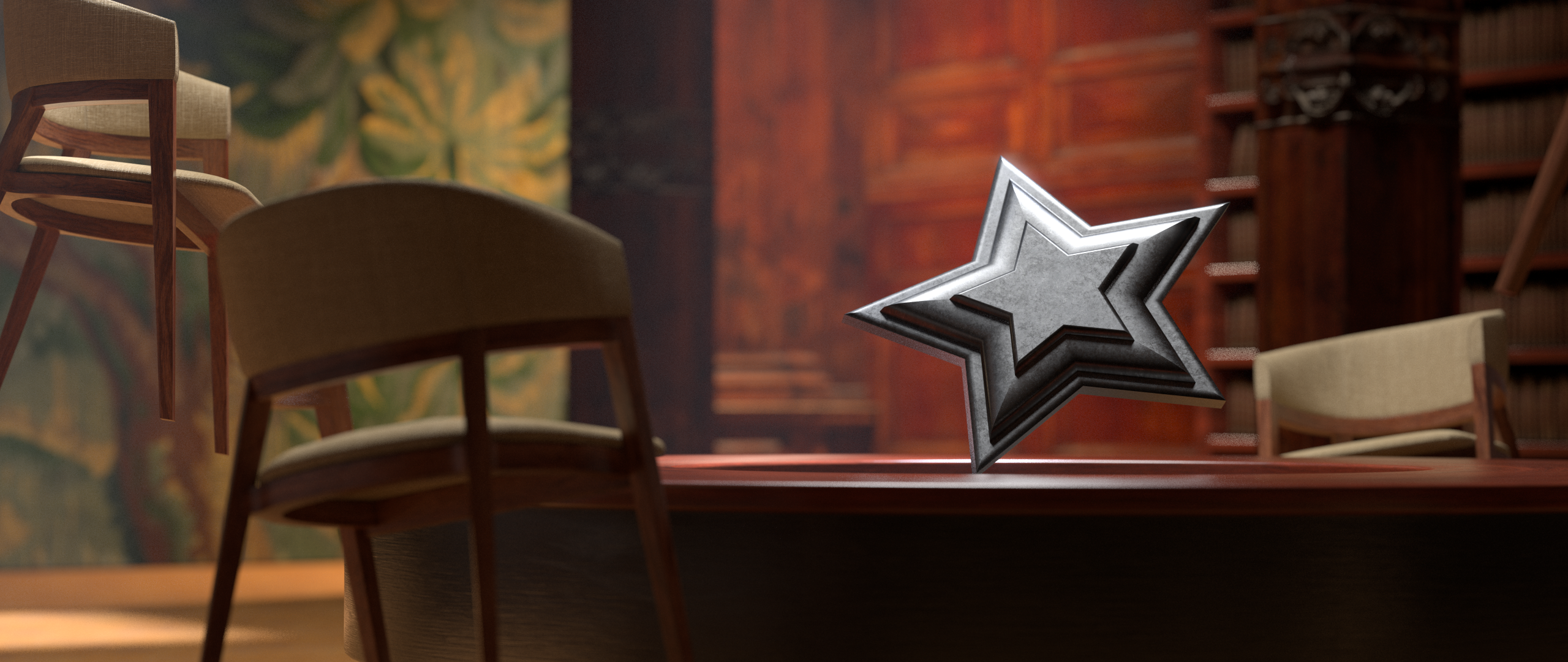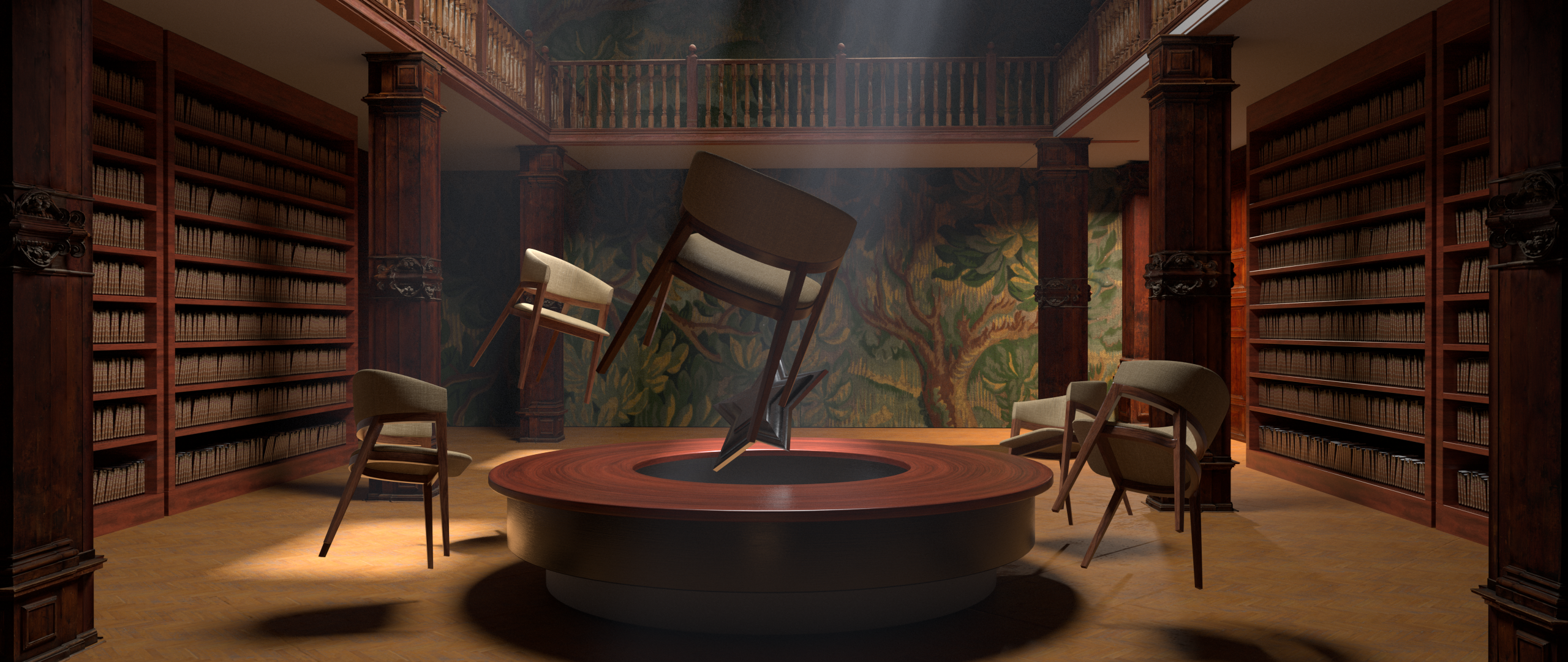
The Independence Day Celebration of the Republic of Ghana is meant to be an event that recognizes the achievement of Ghana as a country, a realization, and affirmation of how far we as Ghanaians have progressed from past times to an era of true dominance and authenticity…that should have been the case but is that truly so? At midnight on March 6, 1957, Ghana hoisted its flag of red, yellow, and green signaling the nation’s transition to independence, and yet what do we have to show for it, can we look around and truly attest to that claim of independence?
Audio: ‘Fellow Freedom fighters, comrades and friends, it is my great pleasure to welcome you to Accra and this conference of African freedom fighters and supporters of the growing movement for Africa’s liberation and unity.’-Kwame Nkrumah
The idea was to communicate to viewers of the past events and likely discussions that led to Ghana’s independence but integrated with modernized elements, a holographic display of detailed plans revealing what our leaders originally had in mind. We decided to choose an interior setting where our leaders would’ve held several meetings of their vision for the next plan, we believed that choosing an environment like this would provide the tone we were looking for, a private room helped emphasize the seriousness of the situation; the lengthy talks our leaders must’ve had in determining the next path for the country. We chose a somber monotone sound to set the tone of suspense accompanied by audio by Kwame Nkrumah that emphasized the importance of unity. The names and pictures of The Big Six were added to clarify who these leaders were and their individual roles in our independence. A painting visual of trees was also added to subtly convey the message of growth.

These are the questions our recent post seeks to highlight, a post meant to stimulate in-depth thought into what was originally the vision, the goal, the dream that our forefathers fought for, and whether we have realized that dream as a nation. After several ideas and concepts, the outcome resulted in a conceptual visual that placed emphasis on the initial plans and visions our leaders had that did not truly come to fruition. Every scene had a message, some more obvious than others and this came to be through the team’s desire to convey a setting that spoke to the viewer’s conscience and beliefs of our independence.
Has the Ghanaian mentality evolved to that point where we desire true freedom for our country in every way or do we find ourselves influenced by the very people who colonized us, desiring their way of living, lifestyle, and tradition? Is it safe to say Ghana is the pinnacle of all those efforts or a constant reminder of what could have been…did Kwame Nkrumah not desire more, where we were not supposed to be far better off than we are now? Have we truly developed, are we capable of handling our own affairs, do we desire our own, or does selfishness and greed forever hold us in chains we made for ourselves, is Africa truly unified, or was it all in vain?

The gradual settling of furniture and papers symbolized the state of order and structure established as we gained our independence, setting for ourselves our own rules and laws to govern ourselves. The holograms that materialized represented the forecast our leaders had for Ghana and the steps needed to take to accomplish it.
At the core of it all, the Ghana colors appearing after the black star gently landed on the table was to convey the message of identity and worth, a testament to how far our country had come and how far we had to go to truly be free and independent. The last shot of this visual ended with an eerie silence, the lingering doubts echoed on whether we truly attained freedom as a nation and a continent.
Did our founders fight in vain?
Is the black man truly capable of handling his own affairs? We ask you now, are we truly independent?



